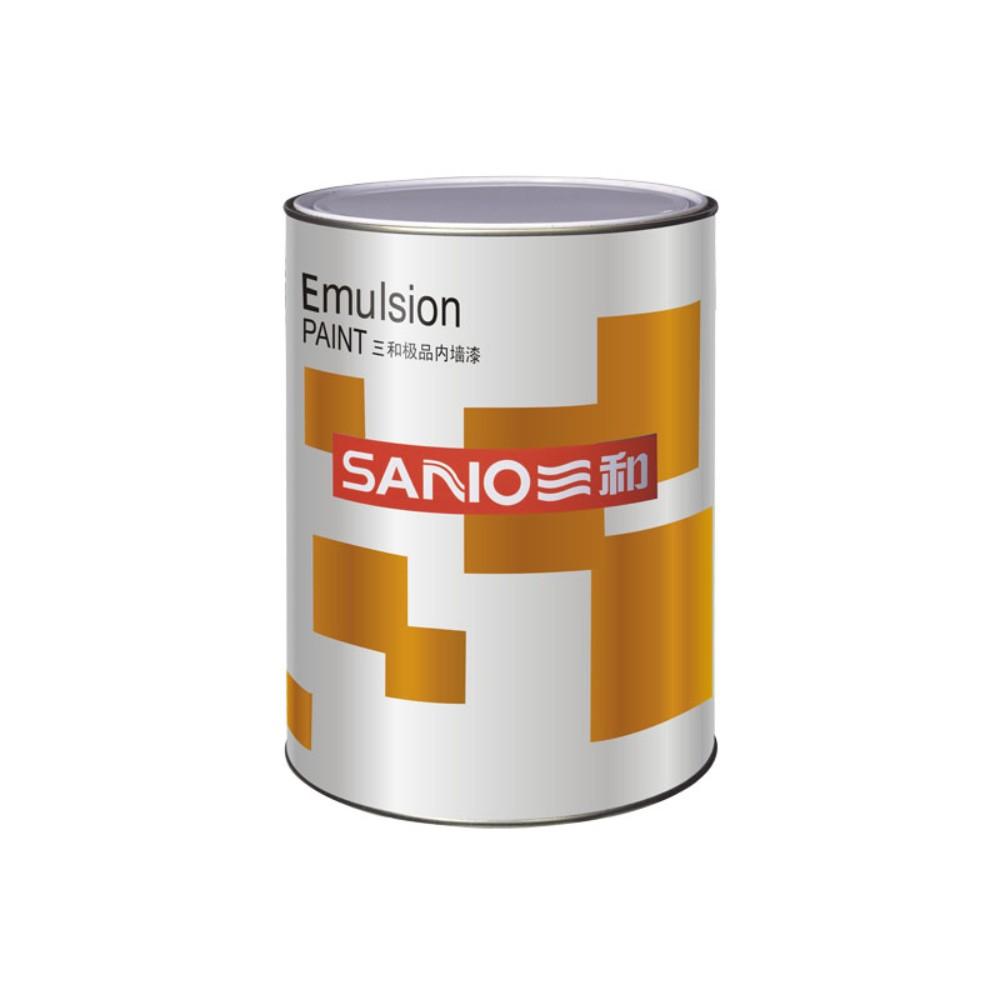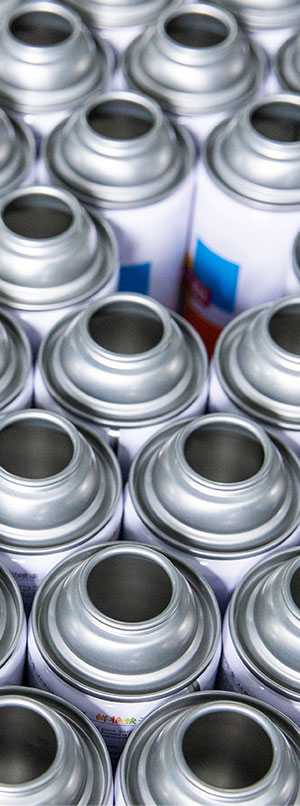The Distinct Characteristics of Interior Paint
Choosing the right type of paint is crucial to ensure a successful painting project. Understanding the difference between interior vs exterior paint is essential in achieving the desired results. Let’s delve into the distinct characteristics of both types to help you make an informed decision.

Exploring the Unique Properties of Exterior Paint
Interior paint is specifically formulated for use indoors. It is designed to withstand everyday wear and tear, including scrubbing, moisture, and staining. Interior paint also offers a wide range of finishes, such as matte, satin, and gloss, allowing you to create the desired look and feel for your space.
Formulation and Composition:
Interior paint is formulated to be used indoors, where it is exposed to less extreme conditions. It is designed to provide an attractive finish, be easy to clean, and have low levels of volatile organic compounds (VOCs) to minimize odors and potential health risks.
Exterior paint, on the other hand, is formulated to withstand the elements, including UV rays, moisture, temperature fluctuations, and harsh weather conditions. It is engineered to be more durable, fade-resistant, and able to resist cracking, peeling, and mildew growth.
Durability and Protection:
While interior paint is not designed to withstand outdoor conditions, it can still provide a durable finish for interior surfaces. It is formulated to resist wear and tear, making it suitable for walls, ceilings, and trim inside your home.
Exterior paint, with its weather-resistant properties, offers enhanced durability and protection for exterior surfaces. It forms a protective barrier against moisture, UV rays, and other environmental factors, ensuring that your home’s exterior stays in good condition.
Finishes and Aesthetics:
Both interior and exterior paints come in a variety of finishes, such as flat, eggshell, satin, semi-gloss, and high-gloss. These finishes determine the level of sheen and reflectivity of the paint.
For interior projects, the choice of finish depends on the desired look and functionality. Flat or matte finishes are great for hiding imperfections on walls, while higher gloss finishes like semi-gloss or high-gloss are easier to clean and more resistant to moisture and stains, making them suitable for high-traffic areas or areas prone to moisture such as kitchens and bathrooms.
Exterior paint finishes, on the other hand, are chosen based on personal preference and the architectural style of the home. Satin or semi-gloss finishes are commonly used for exterior surfaces, as they provide a durable and easy-to-clean finish.
Making an Informed Decision: Interior or Exterior Paint?
On the other hand, exterior paint is specially formulated to withstand harsh outdoor conditions. It is designed to resist fading, cracking, and blistering caused by sunlight, rain, and temperature fluctuations. Exterior paint also contains additives that provide enhanced durability and protection against mold and mildew.
When choosing between interior and exterior paint, consider the location and purpose of your painting project. If you are painting the interior of your home, opt for interior paint that offers the desired finish and durability. For exterior surfaces, choose exterior paint that can withstand the elements and provide long-lasting protection.
By understanding the difference between interior and exterior paint, you can make an informed decision and ensure the success of your painting project. Consult with a paint professional to determine the best type of paint for your specific needs and achieve exceptional results.
